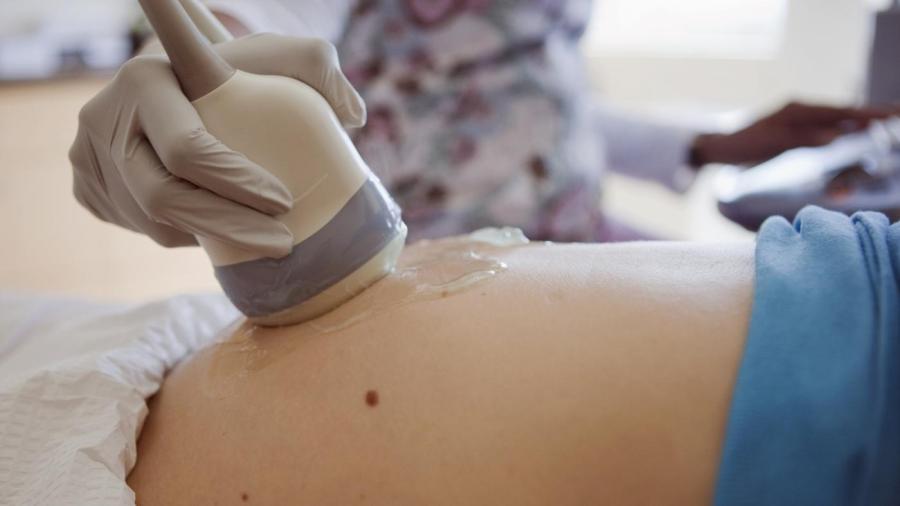What Are Uterine Fibroids?

Uterine fibroids are benign tumors that form inside or on the outside of a woman’s uterus, according to WebMD. Fibroids are caused by cells that grow abnormally and eventually create a tumor.
As of 2015, the cause of uterine fibroids is unknown, WebMD states. Doctors believe there is a link between estrogen and the formation of the tumors. Most of the time, fibroids begin forming after the age of 30 and then shrink after menopause, after women stop producing as much estrogen.
African-American women are more likely to have fibroid tumors, WebMD reports, but most women have fibroids at some point in their lives. Other risk factors include a family history, the onset of menstruation before age 10, women who have not become pregnant and women who have not taken birth control pills.
Uterine fibroids are identified by where they grow, WebMD explains. Fibroids that grow in the muscular wall are called myometrial. Fibroids that grow on the outside wall of the uterus include subserosal tumors and pedunculated tumors, which grow on a stalk. Submucosal fibroids grow inside inside the uterine wall and can protrude into the uterus.
Most fibroids cause no symptoms, WebMD says. When they are serious enough to cause symptoms, women typically experience longer, heavier periods, bloating, lower stomach pain and pain during intercourse.





